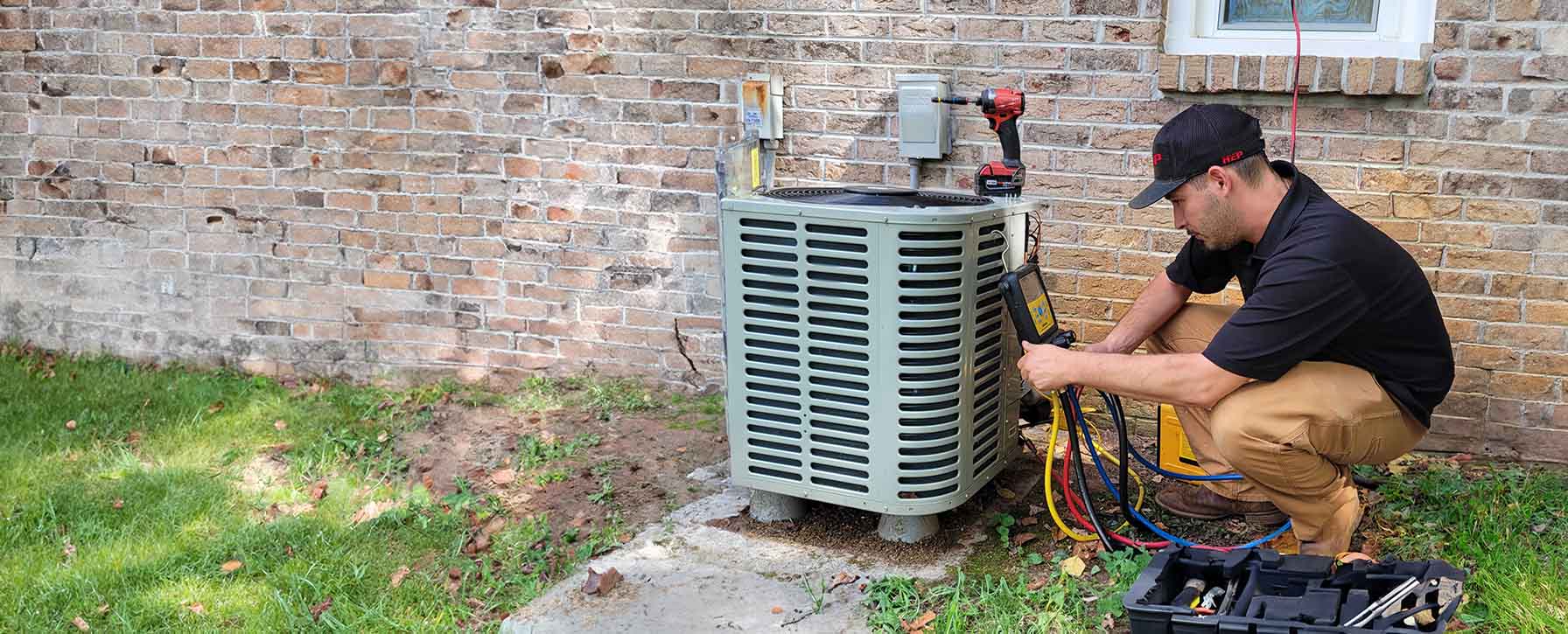

Preventive Maintenance Tips
Your trusted partner for professional home services. Quality workmanship, guaranteed satisfaction.




- HEP
- Preventive Maintenance Tips
Preventive Maintenance Tips | Heat Repair | Heating and Air Conditioning | Friendsville
When winter’s chill or summer’s humidity rolls into Friendsville, a few smart habits can keep comfort costs low and equipment running strong. Swap filters every 30–60 days, clear leaves from outdoor condensers, vacuum dusty vents, and give your thermostat a quick calibration. HEP’s preventive maintenance tips go further—checking refrigerant levels, tightening loose electrical connections, and catching minor rattles before they turn into major breakdowns—all designed to stretch the life of your heating and air conditioning system.
But even the most diligent homeowner can be caught off-guard by a surprise furnace outage, and that’s when our prompt, dependable heat repair makes all the difference. Keep up with the checklist, keep our number handy, and relax knowing HEP is always ready to restore perfect indoor comfort to your Friendsville home.
FAQs
Why is preventive maintenance important for my heating and air conditioning system in Friendsville?
Friendsville experiences humid summers and cool, occasionally freezing, winters. Preventive maintenance keeps both your AC and heating components clean, lubricated, and properly adjusted, so they can handle these seasonal extremes without strain. Regular check-ups reduce the risk of mid-season breakdowns, improve indoor air quality, preserve manufacturer warranties, and can extend equipment life by 20–30 %.
How often should I schedule HVAC maintenance in Friendsville’s climate?
Plan on two professional tune-ups per year—one in early spring for the cooling system and another in early fall for the heating system. This timing allows technicians to correct wear and tear from the previous season and prepare the equipment for the next, ensuring peak efficiency when temperatures swing.
What does a professional heating preventive maintenance visit include?
During a typical heat-focused maintenance call, the technician will: • Inspect and clean burners, heat exchangers, and ignition components. • Test safety controls, limit switches, and carbon-monoxide levels. • Check gas pressure or electrical connections and tighten as needed. • Lubricate motors and bearings to reduce friction. • Replace or wash air filters and clean blower assemblies to restore airflow. • Calibrate the thermostat and verify cycle times. • Evaluate flue and venting for leaks or blockages. These steps ensure safe operation, optimal efficiency, and code compliance.
Can regular maintenance really lower my energy bills?
Yes. Dirty coils, clogged filters, and unbalanced burners force equipment to run longer to reach set temperatures. After a tune-up, airflow improves and heat transfer surfaces are restored, allowing the system to reach the thermostat set point faster. Homeowners in the Friendsville area commonly report 10–15 % reductions in seasonal energy costs following consistent maintenance.
What are signs my furnace or heat pump needs repair even after routine maintenance?
Call for repair if you notice: • Uneven temperatures between rooms. • Rising utility bills with no change in usage. • Frequent cycling or system running continuously. • New noises—rattling, grinding, or booming on start-up. • A yellow furnace flame instead of blue, or tripped carbon-monoxide alarms. • Ice buildup on an outdoor heat-pump unit. Addressing these issues quickly prevents larger component failures and maintains safe operation.
Are there any maintenance tasks I can safely do myself between professional visits?
Absolutely. Homeowners can: • Replace or clean disposable filters every 1–3 months. • Keep supply and return vents unblocked by furniture or rugs. • Trim vegetation back at least 2 ft around the outdoor condenser or heat-pump unit. • Gently hose off exterior coils in the spring and fall (power off first). • Check thermostat batteries annually. • Inspect insulation around refrigerant lines for damage. Simple DIY tasks complement professional tune-ups and help maintain system efficiency year-round.